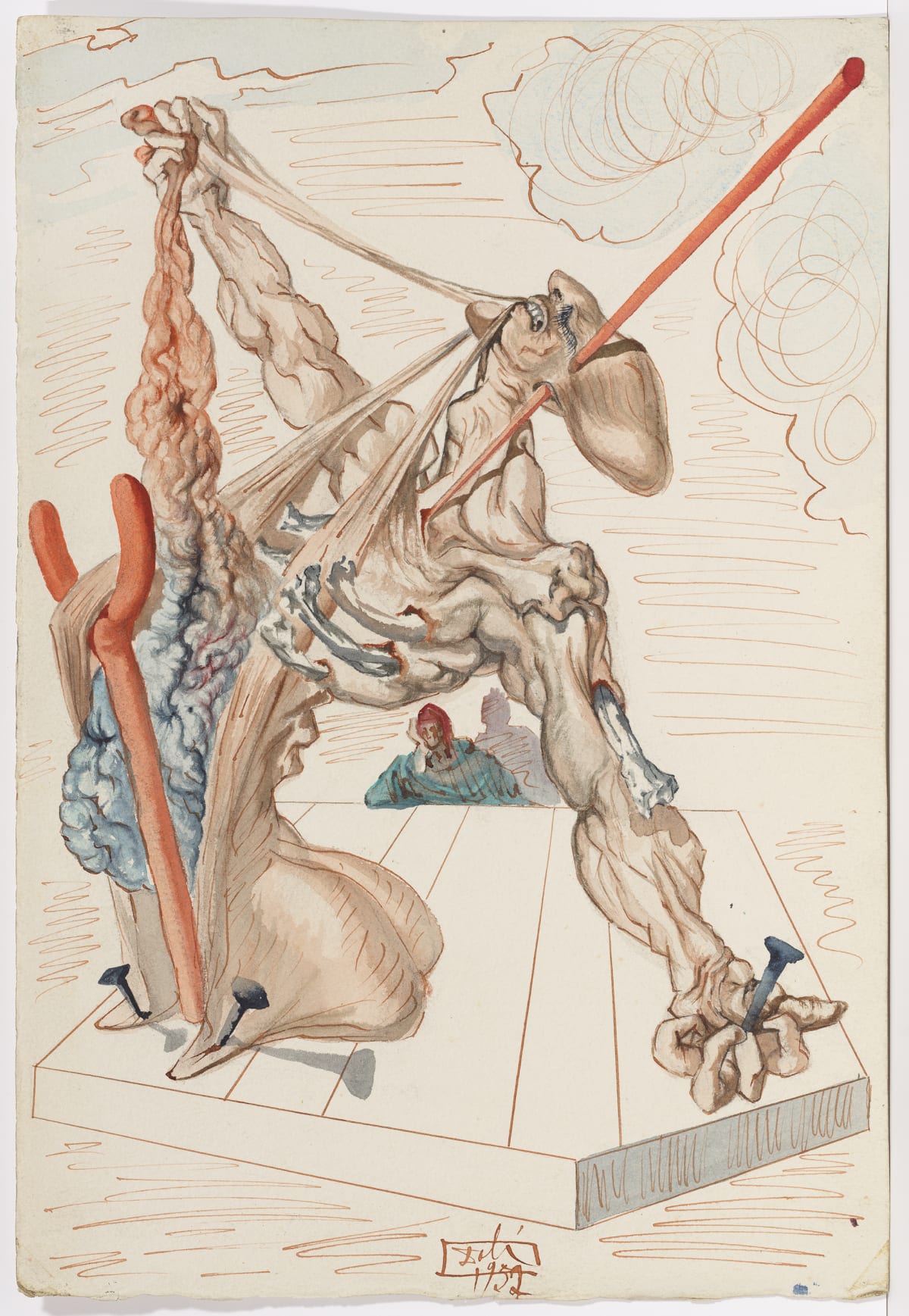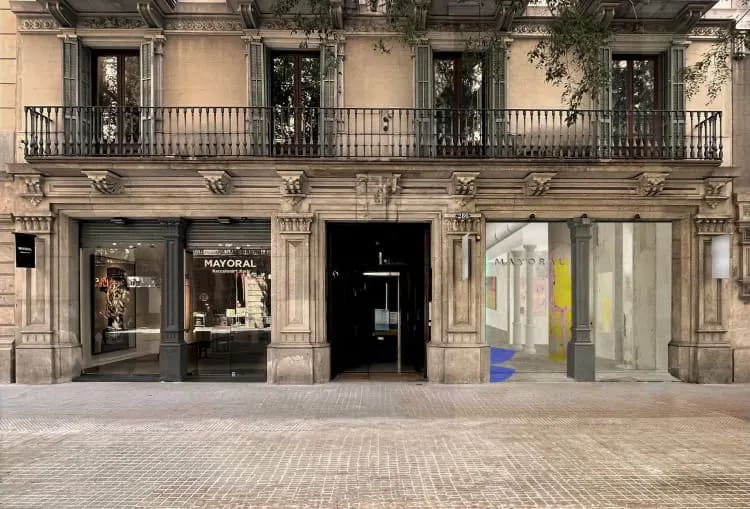Born in Medellín, Colombia, Botero developed a unique artistic style known as Boterismo, characterized by voluminous, exaggerated forms that became his signature across both painting and sculpture. While often playful or humorous in appearance, his work explored complex themes including power, beauty, violence, and human nature.
Botero began exhibiting his art in Colombia in his late teens and later studied in Madrid, Paris, and Florence, where he was deeply influenced by Renaissance and Baroque masters. These classical roots—combined with his sharp social observations and Latin American sensibility—shaped a style that was instantly recognizable and deeply expressive.
His subjects ranged from family scenes and everyday life in Colombia to religious figures, still lifes, and reinterpretations of European masterpieces. Though his rounded forms often elicited smiles, many of his works offered pointed social and political critique. One of his most powerful series, Abu Ghraib (2005), condemned the torture of prisoners by U.S. forces in Iraq, proving that his style could carry weighty emotional and moral impact.
In addition to painting, Botero became world-famous for his monumental bronze sculptures, which now adorn public spaces in cities such as Medellín, Bogotá, Paris, New York, and Florence. These public works helped bring art into daily life, bridging the gap between museum and street.
Despite living much of his life abroad, Botero remained deeply connected to Colombia. He generously donated hundreds of artworks to national museums, ensuring his legacy would be accessible to the public.
Fernando Botero passed away in 2023 at the age of 91. His vast body of work continues to captivate audiences around the world with its bold forms, cultural richness, and emotional depth—offering a timeless invitation to look at the world through a different lens.







